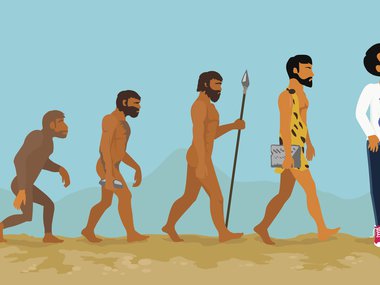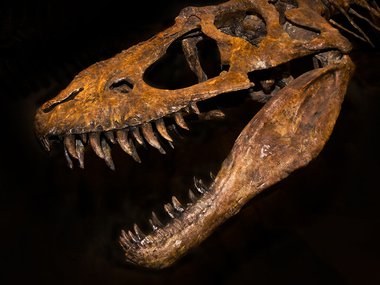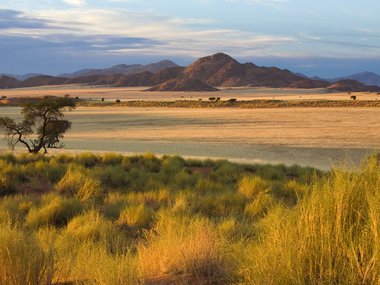Question Your World: Are We Still Evolving?
Usually, when we hear about evolution, we think of things like Charles Darwin way back in the day studying finches and tortoises. Human evolution is often discussed in huge swaths of time and about what differentiated us from our ancient hominin relatives. But evolution is still doing some pretty neat stuff. A recent article is shedding light on how this process is still very much so in effect. Yes, even with us humans!
A recent study is putting the spotlight on two distinct human populations: the high-altitude-living Quechua population in the Andes mountains in South America and the high-altitude-loving Tibetan population in the Himalayas in northeastern Asia.
High altitudes are the focus of this story, made possible by a very important aspect of our life: genes! Specifically, scientists studied the gene EPAS1 to see how it’s expressed in both populations and how it helps these individuals live in lower-oxygen settings.
Keep in mind: the human body has effectively evolved to live at or near sea levels. Once we start climbing in altitude, it can cause breathing issues, nausea, fatigue and beyond–all vital factors for keeping humans safe and healthy in those settings.
However, what is interesting about this particular story is that these two populations adapted to high altitude through two different mutations of the same gene on their own. Meaning these two populations are literally cut off from each other on two different sides of the Earth, but still expressed the EPAS1 gene in a way to help these individuals adapt to these extreme conditions. This is a really powerful example of how evolution has been–and is still very much so–part of human life on this Earth.
While the two versions of EPAS1 differ based on the location of mutations, both variants are associated with lowered production of hemoglobin, but a type of hemoglobin that is able to saturate oxygen at high concentrations.
Scientists believe that the Tibetan population likely inherited this gene from the Denisovans, distant relatives on our family tree that went extinct about 40,000 years ago. Whereas the population in the Andes evolved this capability about 20,000 years ago when modern human beings started to occupy that part of the world. This is an example of convergent evolution, meaning two different things happened at two different places yet have similar results.
This study is helpful in looking at the mechanics of how oxygen levels are processed in both populations and could potentially lead to further medical research on providing aid to some high-altitude residents that may have difficulty with oxygen distribution at such great heights. More research is needed to understand the nitty-gritty involved here, but it is a pretty great example of seeing how two paths can sometimes lead to the same outcome.
Here’s your parting reminder: evolution is a complex, intricate and ongoing process for everything on Earth, including humans!


